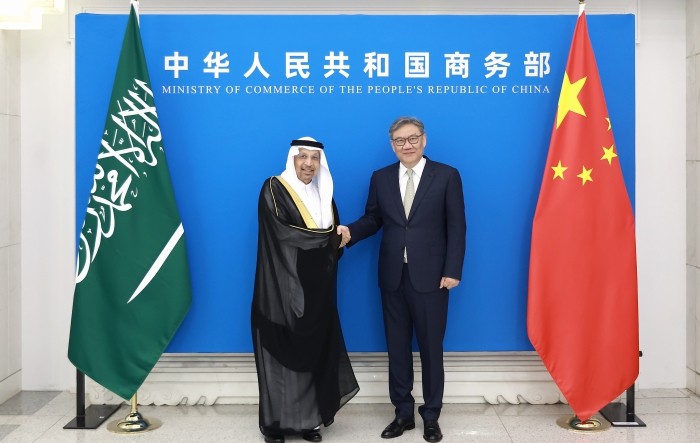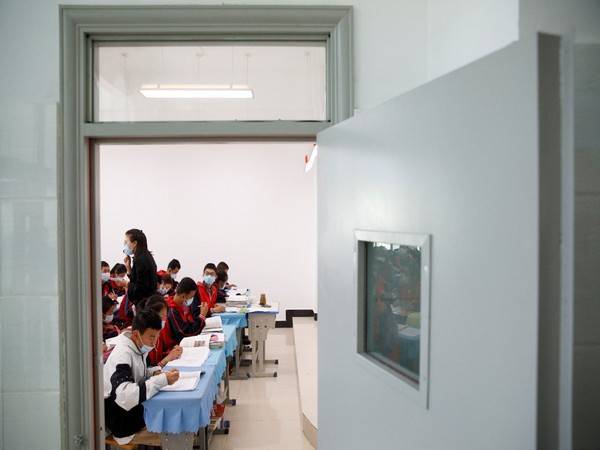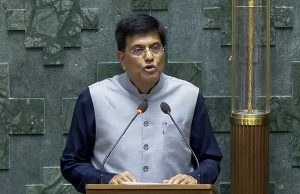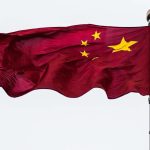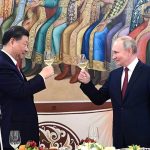The backlash that has come after a Chinese adopted athlete (MacNeil) has won the gold medal for Canada has worsened the situation for CCP as it is seen as a direct impact of China’s One-Child Policy. Society is experiencing an inverted population Pyramid which fewer young supporting a bulky older population, writes Tomas Sobotka & Nadir Ali Wani
The Olympics has always been the world’s major sporting event and history is witness that there have been many eye-openers incidents for nations to ponder on; Tokyo Olympics is not much different. For ages, China has been a closed society and nothing much was known about the internal issues and dynamics of the society. Things are changing with the advent of technology and issues related to Chinese society are coming to the front. Chinese decline in population and the insecurity associated with it is one of the issues that have raised the alarm bells in Beijing.
The backlash that has come after a Chinese adopted athlete (MacNeil) has won the gold medal for Canada has worsened the situation for CCP as it is seen as a direct impact of China’s One-Child Policy. Society is experiencing an inverted population Pyramid which fewer young supporting a bulky older population. With the Gold going to Canada in butterfly swimming style experts are discussing whether the butterfly of progress has already flown away from China.
The ageing population of China is a concern on the economic front as well but its impact is not yet clear. From one lens, China could face Japanese Style decline as has been discussed in detail in an article published on merics.org with the title heading ‘ageing-China-facing-Japanese-style-lost-decade’ by LA Johnston. One the other hand, China’s long-term preparations to shift from labor quantity to labor quality and technology as its working-age population falls, may see it cope better with population ageing than other economies home to ageing populations. There may, that is, be a long-run upside to getting old before rich, at least for economies that have had the right policies in place over time. Time will tell.

“An ageing population poses many economic challenges: rising labor scarcity in sectors and regions where labor once was bountiful; fiscal and corporate resources increasingly directed towards pensions; more human capital directed toward caring for the old. In other words, national resources are diverted away from more productive economic endeavors,” Lauren Johnston is a China-focused economist attached to Adelaide university.
The latest census in China broadly confirms the trends that have been reported and broadly expected during the last decade: it gives a picture of slowing population growth, an ageing population, but also of a rapid higher education expansion and a high level of mobility and continuing urbanization. Almost two-thirds of the population (64 per cent) now live-in urban areas, up from half in 2010. Overall, the reported trends appear credible despite the delay in their reporting. However, more detailed results are still to be published and these will provide a more nuanced picture of the latest population trends, also by regions and for specific age and population groups.
China has enjoyed the unprecedented growth of the economy mainly due to the availability of cheap labour in the country owing to the large proportion of the population being work-capable, however, with the declining population the trend is changing. While the number of children is unlikely to increase much in the future, the share of the elderly is now growing rapidly and that means that population structure will no longer provide an extra advantage for economic growth. But also, structural factors, including a decline of heavy and dirty industries (especially in the North-East) and the fact that China has become a middle-income country mean that economic growth in China is likely to slow down substantially shortly. The problems related to non-contributing population or floating population is adding to the trouble of economic slow-down.

We are witnessing the rise in labour wages and production cost is already going up taking their sweatshop business to Africa etc. With a further declining young population and its impact on Low-cost production which has been the main strength of Chinese economic growth, China has to get ready for the tough decades ahead. The Cost associated with the relocation of industries to places wherein cheap labor is available and outsourcing the production is huge. Previously China was the base of all industrial growth and availed all the benefits that came along to its advantage, now the benefits are to be shared. China’s BRI (Belt and Road initiative) is among one of the major outcomes of the declining population and the cost incurred for the increased connectivity to relocate the industry is substantially huge.
China is investing hugely in the automation sector which can also be viewed as a direct outcome of increased labour wages. The country is trying to strike a balance between the consistent economic growth and the labour force available by implementing automation where ever it can. However, some industries form a huge part of the Chinese economy such as the shoe industry which has already seen increased production in other countries as Bangladesh, Cambodia, Vietnam, etc., thus drawing from the share of China. The implications of the declining population are many in addition to the psychological impact it will have on China; being no longer number 1 at the number game and with India taking over as the world’s largest market China has to look into the future with a more realistic scope.

“Well, China faces increasingly demographic headwinds. It’s been a big shift from what we saw a generation ago. China’s working-age population is shrinking; it’s a population of elderly people is exploding. China is in very steep sub replacement fertility mode, and I think it’s questionable whether population policy will be able to reverse this. There’s a significant gap or marriage squeeze, more young men of marriageable ages than young women because of the weird and biologically unnatural imbalance between baby boys and baby girls over the past decades. And the extended family is imploding. When one looks at all of these factors, it is going to be much more difficult for the government to maintain rapid economic growth in the future. The Chinese government realizes that it has a few options for compensating. One of them is attempting to improve educational quality. Another is to improve urbanization. But those are limited tools. And I think we can be fairly confident that the era of heroic economic growth is over in China. China’s economic performance is going to look more like that of a typical middle-income country”, Dr. Nicholas Eberstadt Henry Wendt is Chair in Political Economy at American Enterprise Institute (AEI).
The increased crime rates in Asia particularly the cases of human trafficking are a grave concern for the world. The problem stems from the skewed Sex ratio of the Chinese population; the Chinese population has to deal with the long-term consequences of distorted sex ratios, which are also unequally distributed by regions and will persist for many decades to come. These range from tens of millions of males who will not be able to find a female partner and marry and are more likely to suffer from loneliness, isolation, and lack of care at an older age, to a rise in trafficking, up to a lower number of births in the future (as males are overrepresented in the population of reproductive age). The impact of the skewed sex ratio and reduced fertility rates has been comprehensively studied by There have been some reports of human trafficking from BRI beneficiary countries like Pakistan, which is indicative of the prevalent situation in China.

“China still has to deal with the long-term consequences of distorted sex-ratios, which are unequally distributed by regions and will persist for many decades to come”. Tomas Sobotka Research group leader (Fertility and Family and Editor, Vienna Yearbook of Population Research, Vienna Institute of Demography (Austrian Academy of Sciences).
China also faces a problem concerning educated urban women not being able to find upper educated urban men to satiate them. This is leading to an increased population of unmarried men and women in China thus adding to the population-related problems. The families which would otherwise have educated heads as parents are seeing no realization on the ground. The increased matchless singles and the desperation of the state are leading to an increased trafficking rate as has been discussed in ‘The invisible hand in Asia’s heirs’ race 30 November 2012. Author: Lauren Johnston, Peking University. The study tries to build a realistic picture about college admissions and the stability of marriage. Comparing college admissions to the marriage market.
“Men are marrying at older ages increasing the age gap to their partner and polyandrous marriages are rising. Given the scale of China’s economy, such responses to the absolute gender gap may have global ramifications”. Lauren Johnston is a China-focused economist attached to Adelaide university.
Apart from the economic impacts declining population has a substantial impact on the security and politics of China. PLA is already shrinking, even though they are trying to high tech it has been observed that they don’t have enough educated men who can operate the high-tech military instruments. Also, with the wages going up a lot many numbers of men aren’t opting for high-risk military jobs. This is going to impact the PLA in the long run despite the technological advancements it has made. China is trying to reverse the damage it caused itself by policies like the One-child Policy by implementing a three-child policy and investing largely in the educational sector, but the results will take time and the economic slow-down is expected in near future with increased internal instability.




